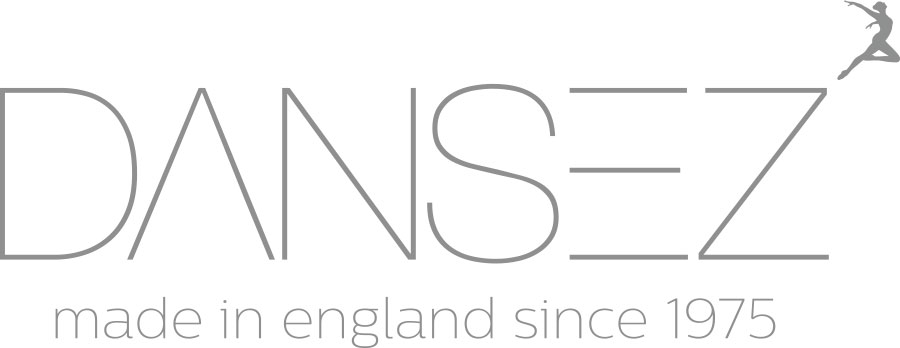Your foot is arguably one of the most complex structures in your body, especially when you consider the purpose it serves for us as dancers: support, balance, and propulsion.
Much like the musician and his instrument, for us dancers it is crucial that we keep our feet in good working order.
Foot maintenance:
Dancers are notorious for their… um… not-so-attractive feet. “Pedicure” is not in our vocabularies!
Here are some considerations for ways to treat and avoid minor injuries, and other general care tips for your feet:
1
Cut your toenails short, and straight across.
The nail should be straight across and not curved because curved nails and nails that are too long can lead to ingrowth. The length of the nail should be *just* where the white part begins, with a very small amount of white showing. Use clippers as opposed to scissors to get a clean, straight cut.
2
Don’t wear toenail polish.
Polish prevents you from being able to see under the nail, so you can’t see if you’re developing a problem such as bruising, or an ingrown toenail, but that doesn’t mean you can NEVER wear polish… go ahead and wear it for certain occasions if necessary and then take it off before your next class, or, wear a clear polish that allows you to see the nail.
3
Learn to love calluses!
Dancers should keep their calluses trimmed if they are overly thick and causing pain (for example, if it feels bumpy in your shoe or against the floor), but generally calluses are a really good thing. They help protect against blisters and abrasions, so avoid the urge to file them off! Disgusting but extremely true.
4
Blister development.
Blisters are par for the course in pointe work, especially as you break in new shoes. They can also be the result of rubbing in jazz or soft shoes, or from harder tap or character shoes. Blisters can occur anywhere on your foot, but generally tend to pop up on the surface of the toes, inside or outside border of the metatarsals, or on the heel. Blisters can be painful – even the littlest ones!
Here’s some advice on how to treat the two main types of blisters:
- If you develop a clear coloured blister, and the skin hasn’t broken, use a sterilised needle to pop the blister and drain out the liquid. Do not remove the loose skin; cover with a plaster and strip of athletic tape.
- If the skin has begun to tear, use a small pair of scissors to remove any loose skin and cover with a bandaid and strip of athletic tape.
- If you develop a red coloured blister, do not pop it. Blood blisters should be left to heal on their own; cover with a plaster and strip of athletic tape.
- For painful blisters you can also cut the center out of a small piece of a thick plaster to form a donut shape, do this by folding in half the material and make a slit with scissors, then put the scissors through the slit, and cut an inner circle the size of the blister and then place the plaster around the blister.. This prevents the surface of your shoe from rubbing on the blister until it heals.
- Finally, check the fit of your shoe. Blisters are normal with new shoes, but if you are developing them on a regular basis you may want to see about a different style that may shape better to your foot.
Take Inventory on Your Dance Bag:
Making sure you have everything you need is critical to foot maintenance, especially if you’re a pointe shoe dancer. Here’s a list of supplies I recommend keeping in your dance bag:
• Nail clippers
• Plasters
• Athletic tape
• Extra toe pads
• Needle and thread
• Extra elastic
• Small pair of scissors
• Tennis ball or foot roller


Recent Comments